Animal Behavior Research blog posts
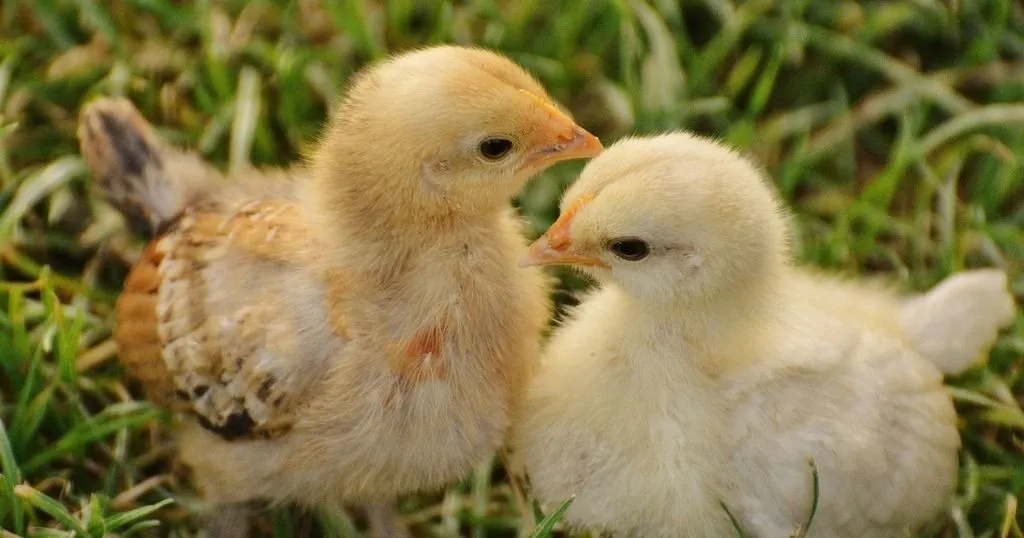
16 Dec
animal behavior research
Anxiety, Depression and Fear
Fearful chicken: Fear affects stress, behavior patterns, and other individuals
Elske de Haas, Ph.D. studied the effects of fearfulness on the chickens' own behavior and physiology, but also what it did to other individuals.
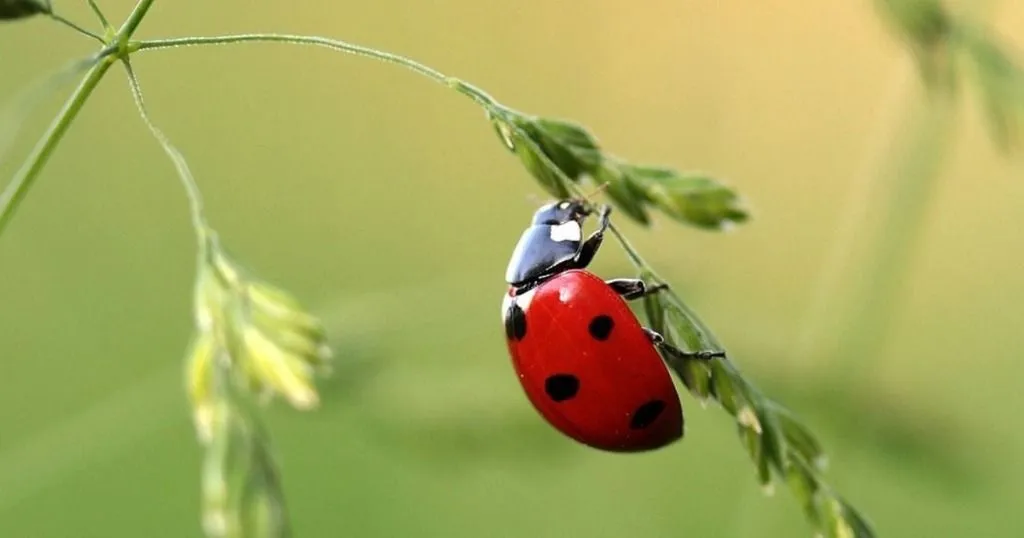
08 Dec
animal behavior research
Other (Animal)
Ladybugs and lacewings do not spy on their prey’s alarm pheromone
Leaf sucking creatures like plant aphids are common and can cause considerable damage to plants. Therefore, quite a lot of effort is made to control these tiny creatures.
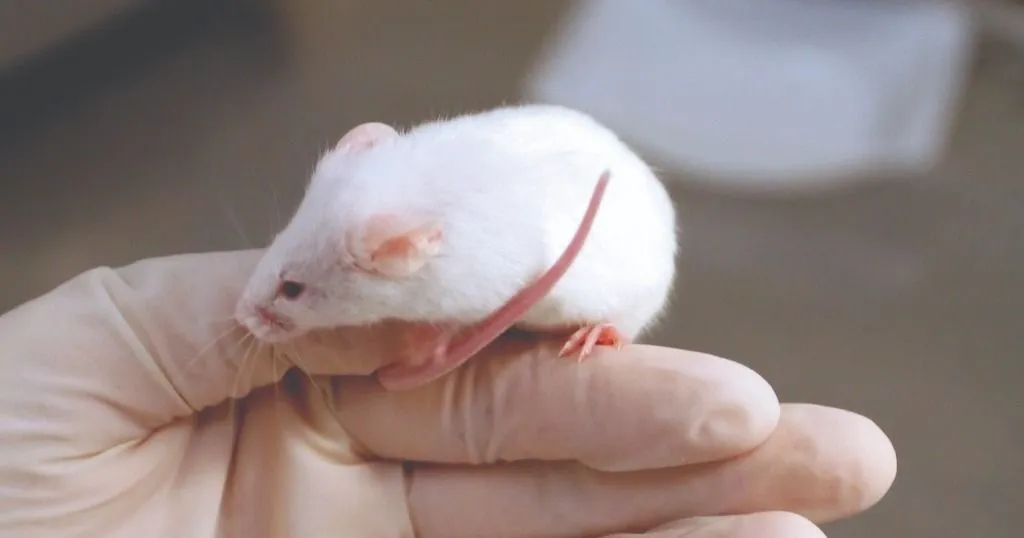
27 Nov
animal behavior research
Gait and Locomotion
How to really challenge mice cerebellar plasticity
Jan-Willem Potters used the ErasmusLadder in his thesis research to study the role of specific mutations of plasticity in the cerebellar microcircuit of mice.
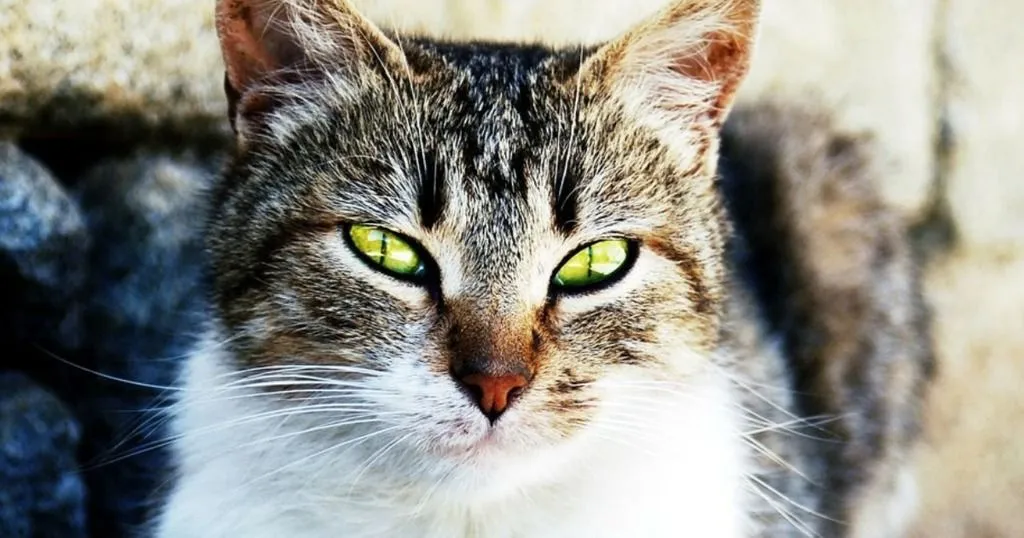
20 Nov
animal behavior research
Other (Animal)
Picky cats and tasty food – sniffing is an indicator for tastiness
Cats can be extremely picky when it comes to food. If the cat doesn’t like it, it will refuse to eat. Reason enough for the pet food industry to try to find out what cats really like.
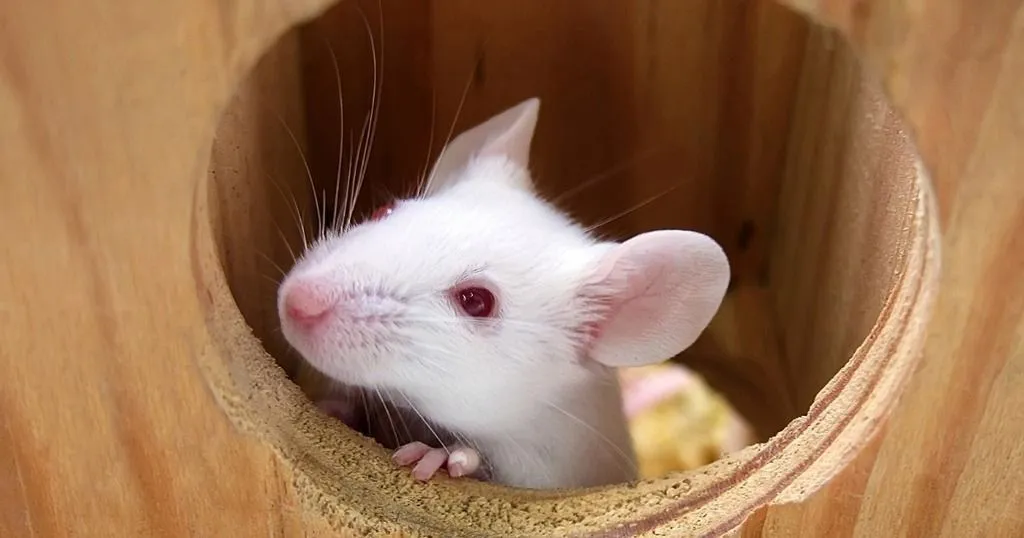
13 Nov
animal behavior research
Social Behavior
A high-throughput method to screen natural behavior of mice
Traditional standard tests with rats or mice are carried out immediately after human interference. Therefore, the behavior of the animals may not be natural and spontaneous.

28 Oct
animal behavior research
Anxiety, Depression and Fear
Anxiety is ancient – how crayfish resemble vertebrates
Fear is something we all know. It changes our behavior: we freeze, try to escape, or respond with aggression. Fear can also cause anxiety, which is a more complex phenomenon.
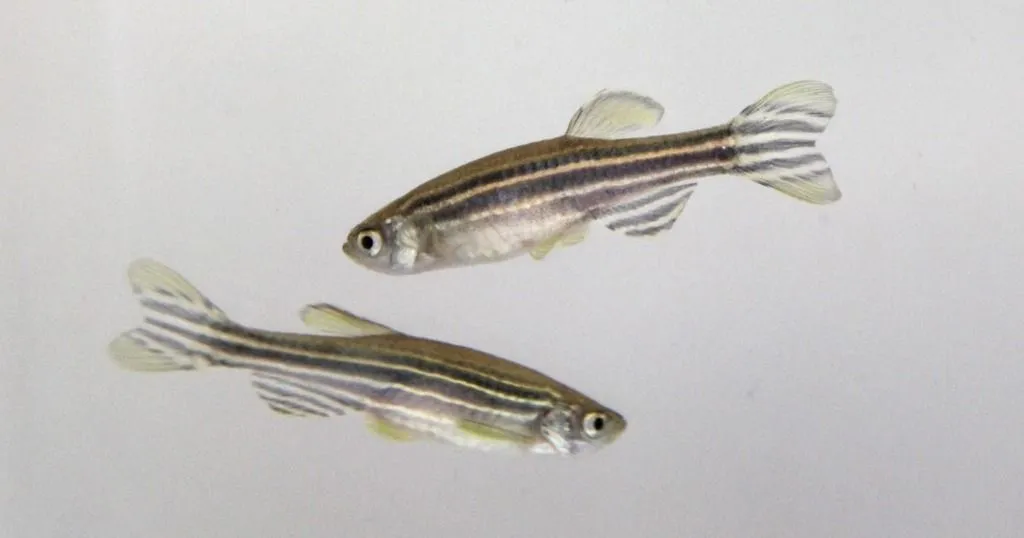
24 Oct
animal behavior research
Zebrafish Research
Inhibitory avoidance learning in zebrafish (Danio rerio)
The zebrafish (Danio rerio) is increasingly being used as model in behavioural, neurobiological and genetic research.
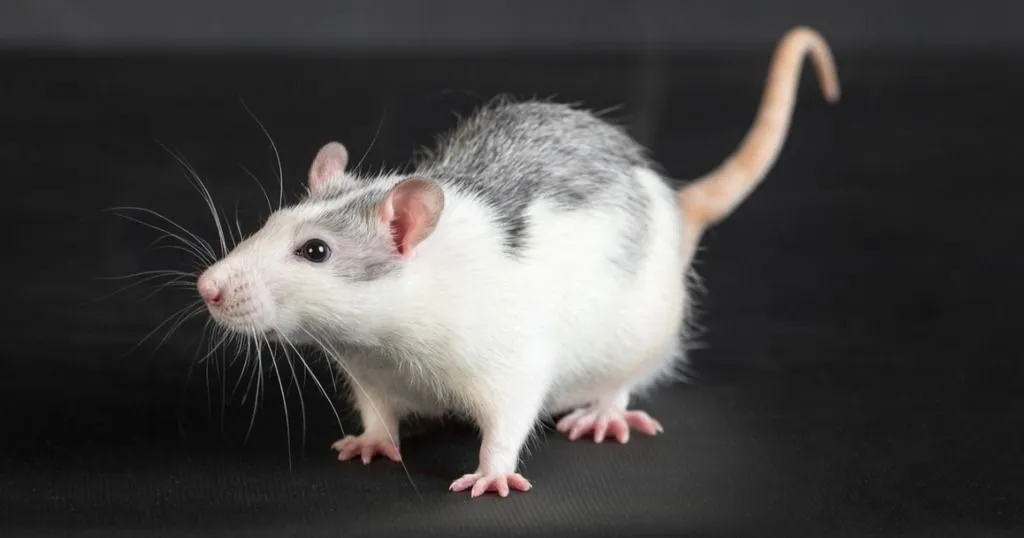
11 Sep
animal behavior research
Other (Animal)
Walking the ladder: testing the cellular source of motor functioning in mice
The cerebellum, our “little brain”, is all about motor control; more specifically, it’s about coordination, precision, and timing.

25 Aug
animal behavior research
Other (Animal)
What a horse likes to eat: how to test dietary preferences
Redgate and colleagues looked into the addition of a monadic phase (a phase in which only one food was offered at a time instead of all of the options) to choice testing.
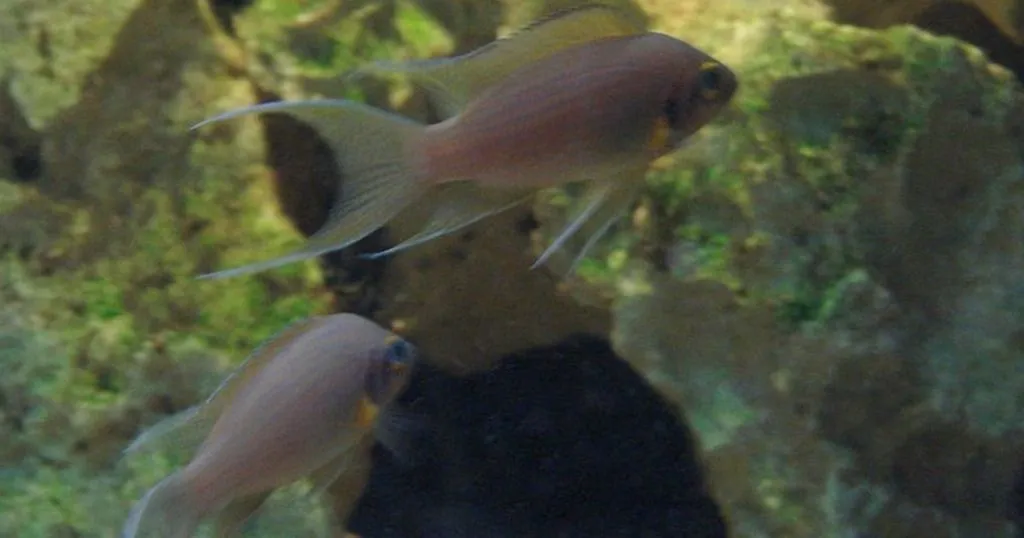
18 Aug
animal behavior research
Other (Animal)
The accuracy of measuring fish aggression by using mirror tests
To examine the response of cichlids to their mirror image, Balzarini et al. used three sympatric species from Lake Tanganyika and did the mirror test for measuring aggression.